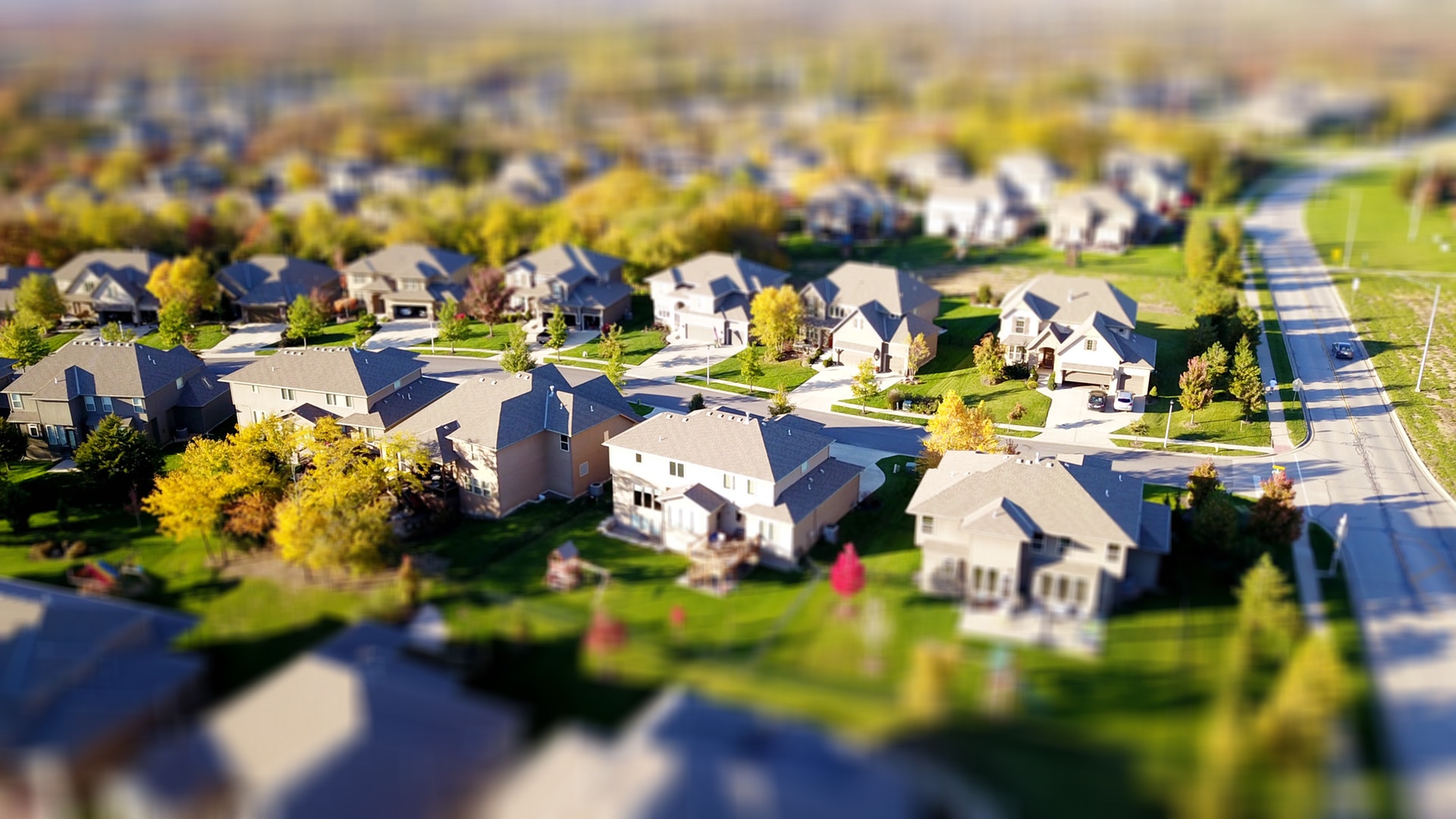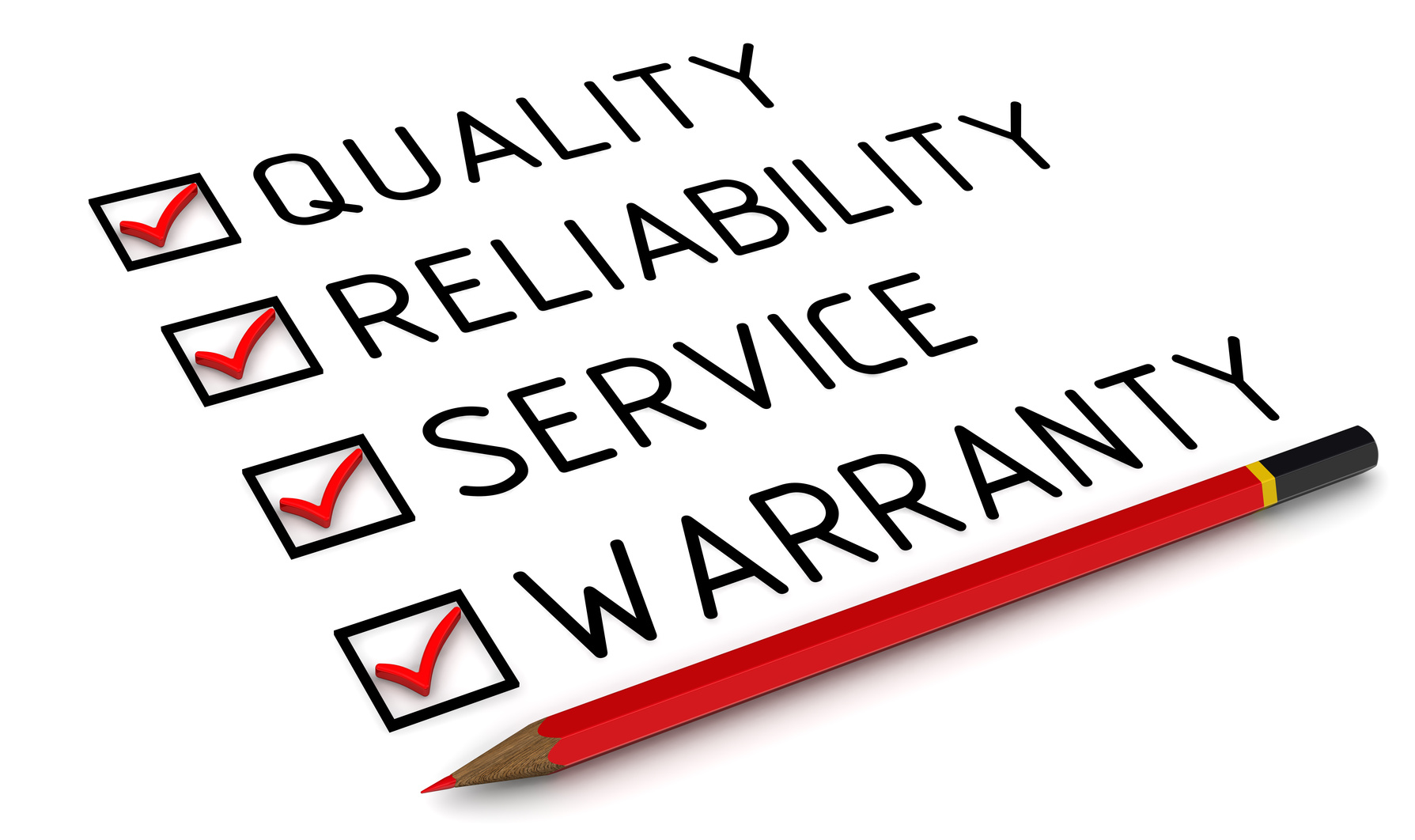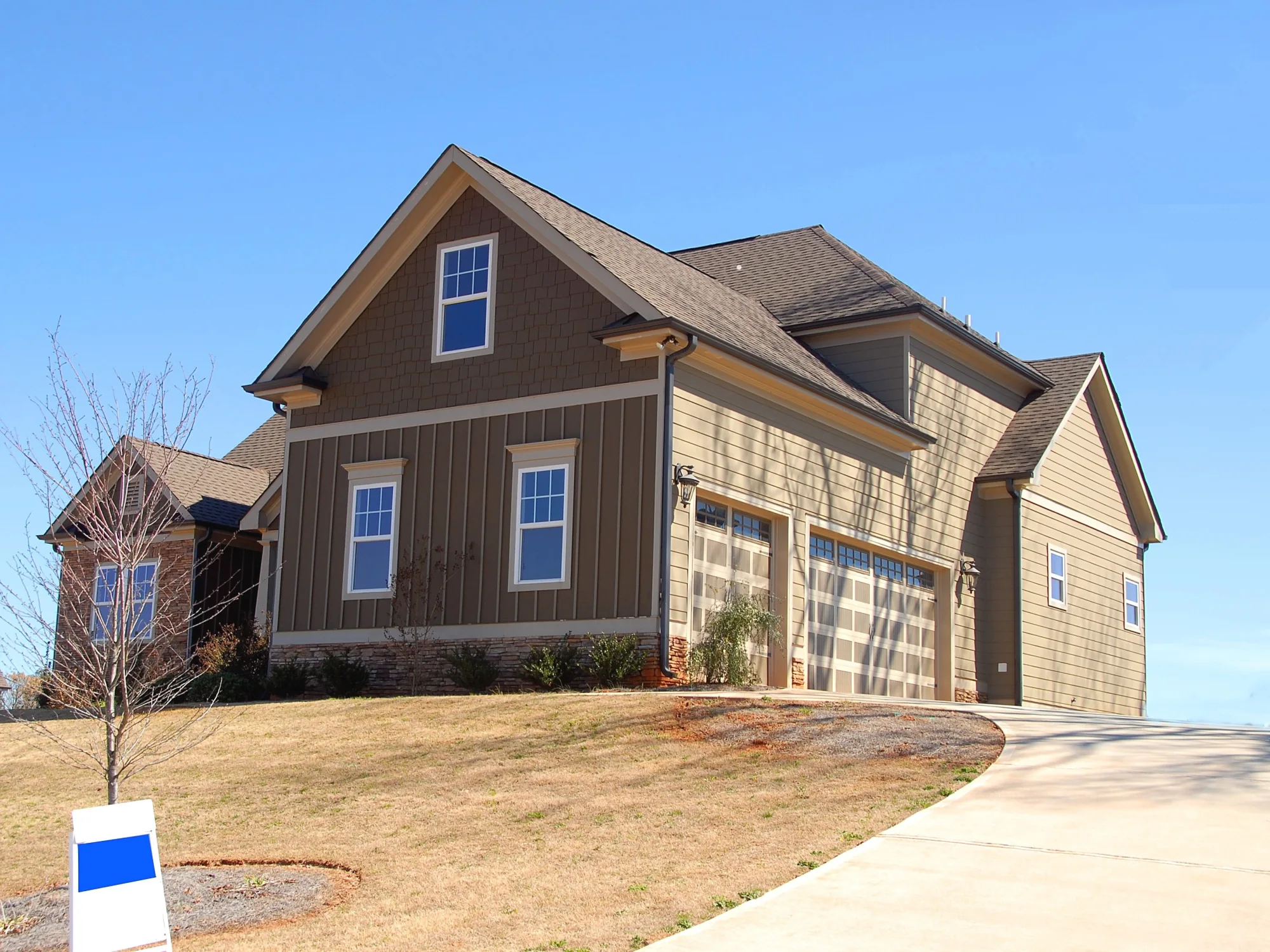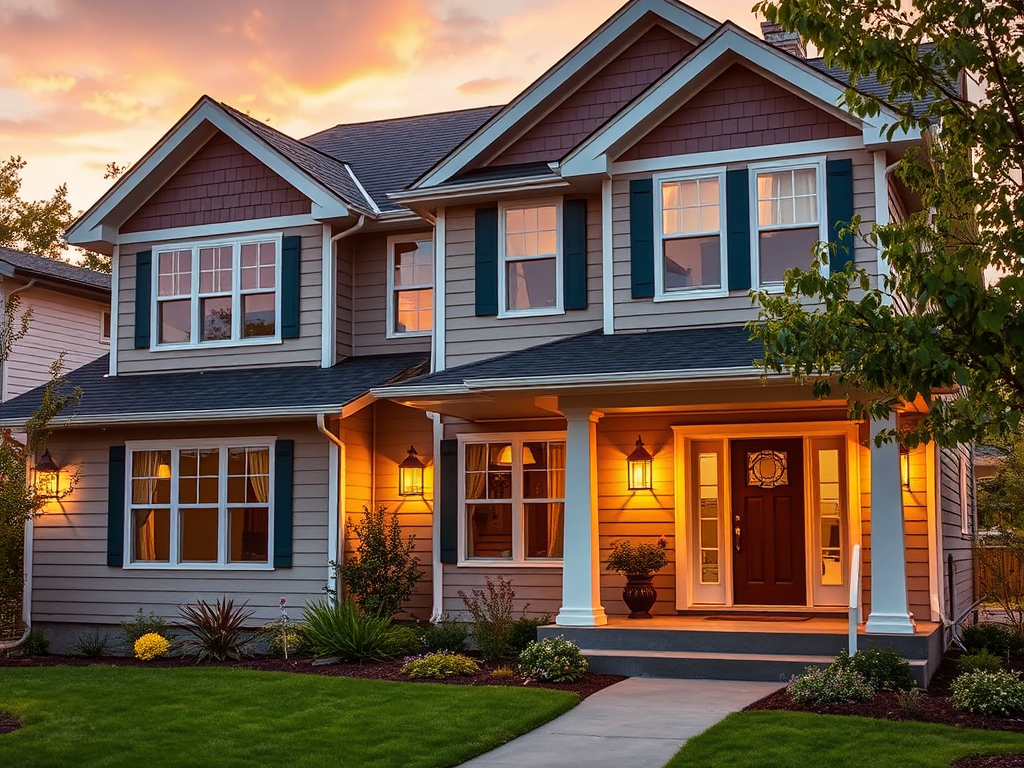
What is one thing that we all get excited about when we make a new purchase? Rebates! Well instead of rebates, this time around, I’m talking about tax credits. Basically the same thing, in a round-about kinda’ way, right? Do you know exactly what tax credits are available for home improvements in the year 2016? If you don’t, no problem! We have the answers for you!
Windows, doors and skylights: Did you know that since 2005, these particular products, if meeting Energy Star standards, have qualified for a tax credit up to $200? There is a small catch to this, as the tax credit is for material only. If the total material cost does not reach the maximum of $200, you will then receive a 10 percent credit. Before purchasing your new replacement windows, doors or skylights, be sure to verify that the products that you are interested in meet Energy Stars’ guidelines to ensure that they qualify for the tax credit. These guidelines have changed in the past, so do your homework for the specific area, referred to as zones on the Energy Star climate map, that you live in or ask a reputable contractor to make sure you purchase the items that will not only enhance your homes appearance, while making your home more energy efficient, but put money back in your pocket all at the same time.
The next home improvement product I want to take a look at is insulation. Insulating ones’ home not only will make it more energy efficient, but also has an excellent return-on-investment. There are many forms of insulation available to help gain the energy efficiency that a home needs, while also receiving up to a $500 tax credit on the material only. Some great ideas to help put this tax credit to use would be adding extra depth of blown insulation to your attic or installing new fiberglass batts to increase your homes R-Value. If you are looking to heighten the exterior appearance of your home, look no further than vinyl siding. The vinyl siding itself does not qualify for the Energy Star tax credit, but the house wrap or backing board installed for strength and added insulation value does. If you are interested in siding durability, as well as adding an increased insulation factor, may take a look at the drop in panel for insulated vinyl siding as it qualifies for the 2016 tax credit, as well.
There are many more home improvement products and items such as water heaters, central air conditioning units, and even small wind turbines that qualify for the 2016 tax credit. For more information on the tax credits that are available for this year and how to apply for them, check out this link helpful link from our friends at Energy Star, https://www.energystar.gov/about/federal_tax_credits. Until next time my friends…. Keep improving!








